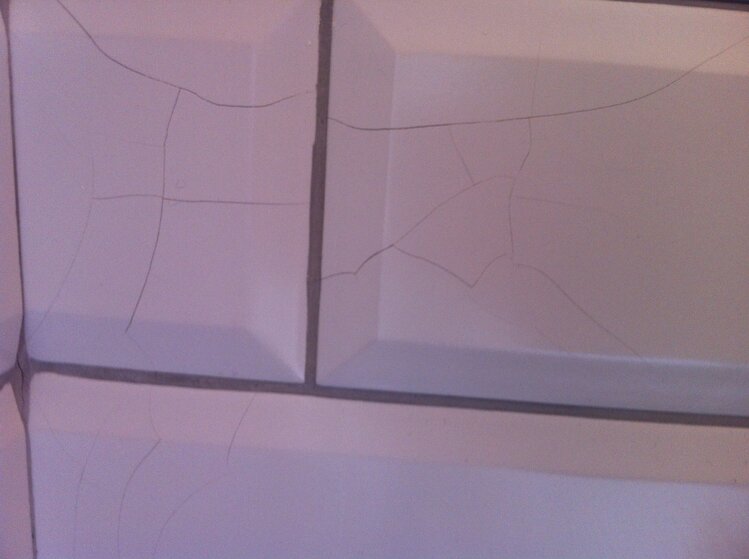T
Tile Shop
Exhausted all options in looking at this.
So. Plastered walls, primed, Weber set rapid, Homelux wall matting, more Weber set rapid, 300x100 Metro Matt White tiles
Just in the shower area, the tiles have very badly cracked (no the weren't crackled finish to start with 🙂).
I have aske the customer for a method statement from the tiler, which is how I got the above info. He gave us everything except the trowel size he used for both putting the matting on and the tiles. He refused to give us this as he believes that whatever he says, we'll say its wrong but that isn't the case.
I have spoken to the tile factory and they have said, that using a rapidset too thick depth, is the reason. Anyone else got any ideas?
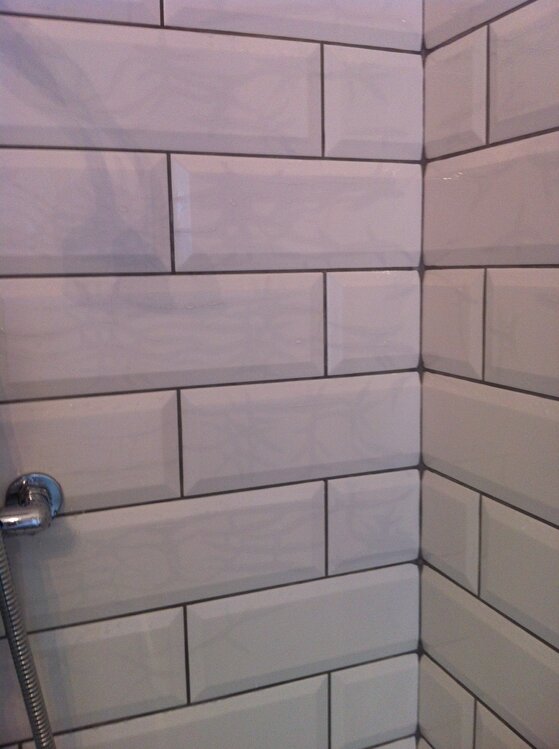
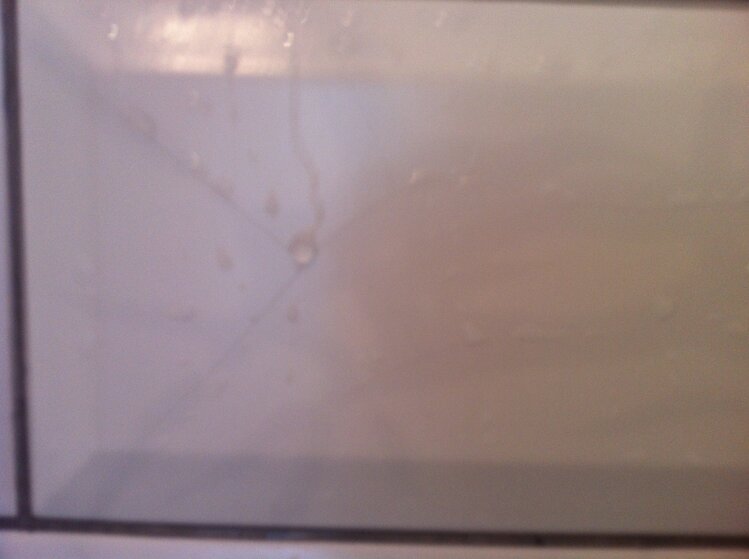
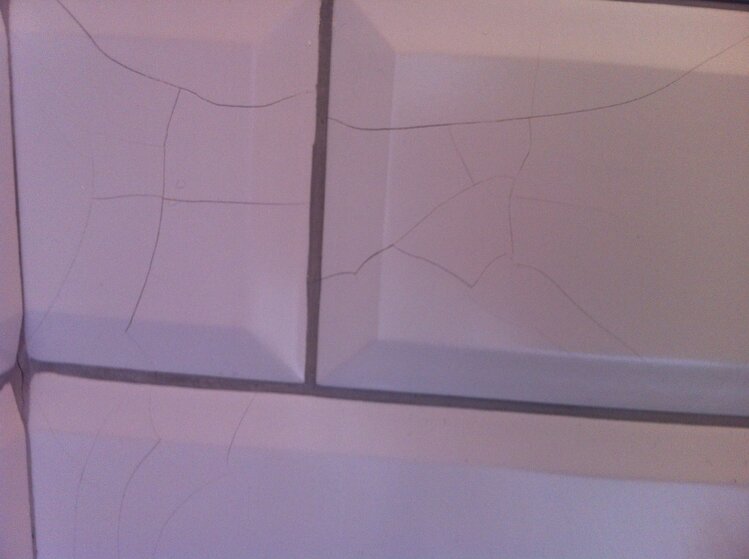
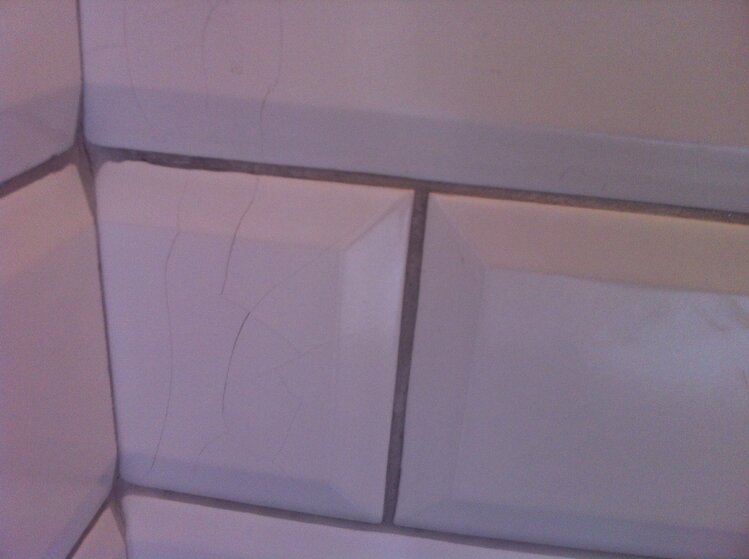
So. Plastered walls, primed, Weber set rapid, Homelux wall matting, more Weber set rapid, 300x100 Metro Matt White tiles
Just in the shower area, the tiles have very badly cracked (no the weren't crackled finish to start with 🙂).
I have aske the customer for a method statement from the tiler, which is how I got the above info. He gave us everything except the trowel size he used for both putting the matting on and the tiles. He refused to give us this as he believes that whatever he says, we'll say its wrong but that isn't the case.
I have spoken to the tile factory and they have said, that using a rapidset too thick depth, is the reason. Anyone else got any ideas?





